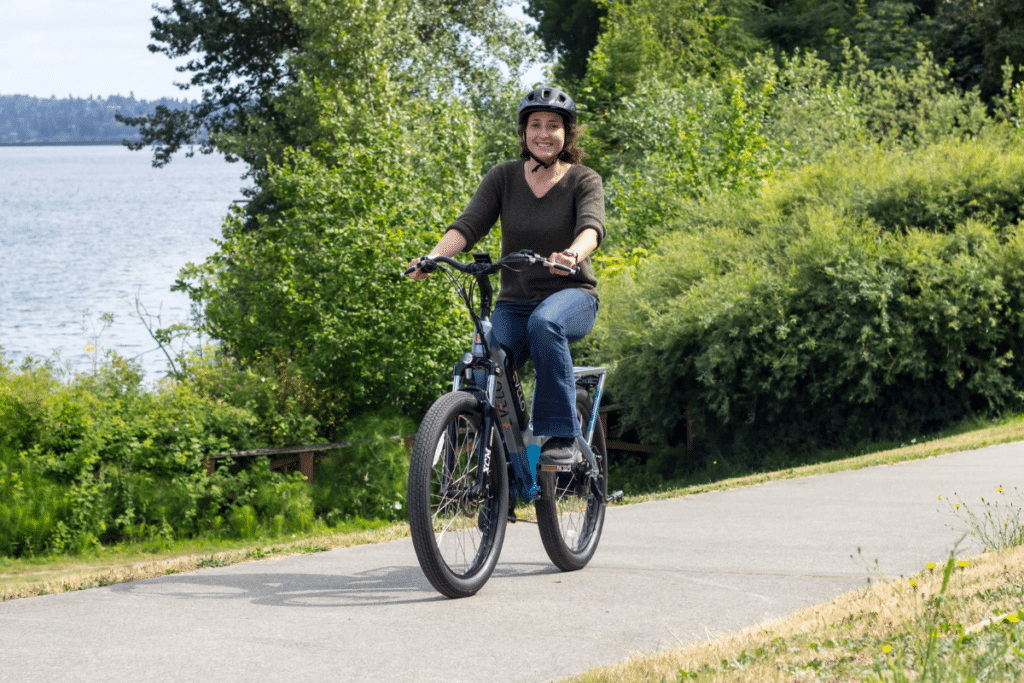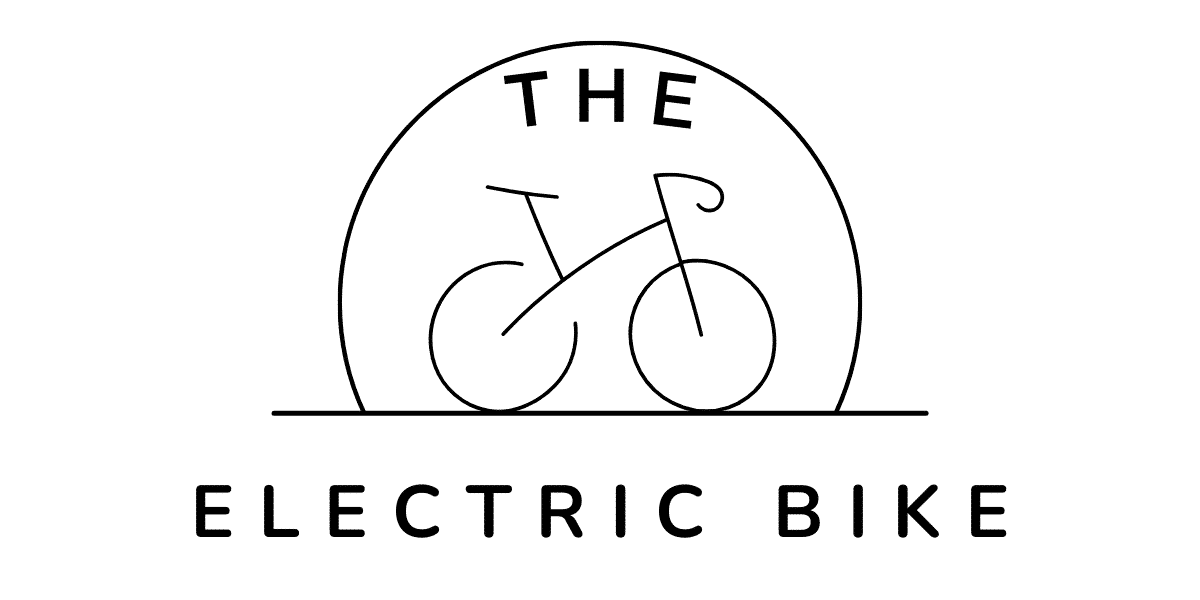In recent years, e-bikes have surged in popularity thanks to their convenience and ability to enhance the cycling experience for riders of all skill levels. One common question that arises when discussing electric bikes is whether they can be used manually, without the assistance of their battery-powered motor. In this article, we will explore this topic and discuss if and how e-bikes can be ridden without relying on their electrical components.

Understanding the Mechanics of E-Bikes
To grasp if e-bikes can function as regular bikes, it’s essential to first understand their basic mechanics. At their core, electric bikes are built similarly to traditional bicycles, with familiar components such as frames, wheels, brakes, gears, and chains. What sets them apart is the addition of an electric motor, usually integrated into the rear or front hub, or even the bottom bracket, and a battery to power the system. This motor provides varying degrees of pedal-assist, making riding easier and more enjoyable.
Pedal-Assist Modes
A key feature of e-bikes is their pedal-assist functionality. Most models come equipped with several modes that offer differing levels of support from the electric motor. By selecting the desired level of assistance, cyclists can tailor their ride according to personal preferences or current needs. It is worth noting that these settings can typically be adjusted on-the-fly while riding.
Can You Ride an E-Bike Without Assistance?
The short answer is yes – an e-bike can indeed be ridden just like a regular bike without engaging the motor. In most cases, you can simply turn off the pedal-assist system, which effectively disengages the motor and allows you to pedal without any assistance. E-bikes are designed with this flexibility in mind, ensuring that riders have the option to cycle traditionally when desired or necessary.
Find out all you need to know about how far will an electric bike go without pedaling
Factors to Consider When Riding Manually
While it’s possible to use an e-bike manually, there are a few factors worth considering when doing so. The main aspects to keep in mind relate to the bike’s weight, gearing options, and the state of the battery.
- Weight: E-bikes tend to be heavier than their non-electric counterparts due to the additional components, such as the motor and battery. This added weight can make manual pedaling more challenging, particularly when encountering hills or strong headwinds.
- Gearing Options: The gear range available on an e-bike may differ from traditional bikes, potentially affecting the ease of manual cycling. It’s essential to familiarize yourself with your e-bike’s gear options and adjust accordingly when tackling various terrains.
- Battery State: In certain scenarios, an e-bike’s battery may become discharged or depleted, rendering the pedal-assist function unusable. When faced with this situation, riders will need to rely solely on manual pedaling for propulsion.
The Perks of Manual Use on Electric Bikes
Although riding an e-bike manually may require some extra effort compared to utilizing the motor, it comes with several benefits. Here are some reasons why cyclists may opt to pedal their electric bikes without assistance.
Maintaining Fitness Levels
One of the primary advantages of manual use is its ability to provide users with a more intense workout. By turning off the motor and relying solely on human power, cyclists can exert themselves physically and maintain or improve their fitness levels. This feature makes e-bikes an appealing option for those looking to combine exercise with transportation.
Greater Range and Battery Efficiency
Pedaling an e-bike without assistance also translates to increased battery efficiency and range, as less energy is consumed by the motor. Disabling pedal-assist allows users to conserve battery life, which can prove beneficial on longer rides or when faced with limited access to charging points. Moreover, by minimizing dependence on electrical components, riders can extend the overall lifespan of their e-bike.
Versatility and Adaptability
The capacity for manual use highlights the versatility and adaptability of e-bikes. With this functionality, they can cater to various rider preferences, skill levels, and riding conditions, making them more appealing to a broader audience. Whether it’s for a leisurely countryside ride, an intense urban commute, or anything in between, an electric bike offers the convenience of both traditional and assisted cycling.
Riding an E-Bike Manually: The Takeaway
In conclusion, while electric bikes are designed primarily for motor-supported pedaling, they also offer the option for manual use. This flexibility makes them an attractive choice for cyclists who value versatility, customizability, and increased control over their riding experience. Although manually riding an e-bike requires some additional considerations such as weight and gearing options, many find that the benefits it provides outweigh these minor adjustments. Ultimately, the ability to switch between assisted and non-assisted modes empowers riders to make the most of their two-wheeled companions.
